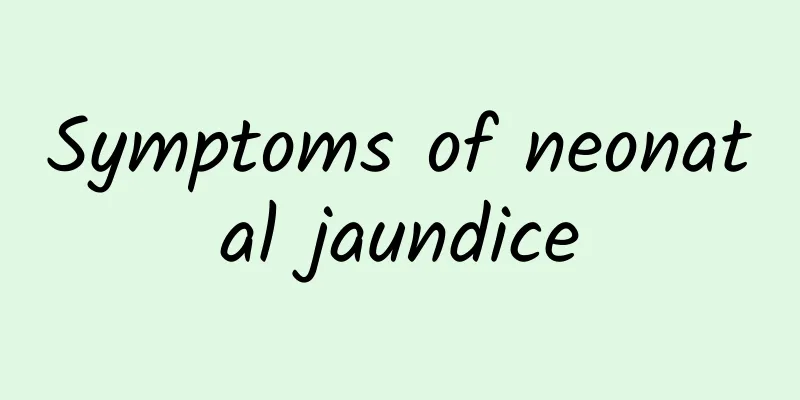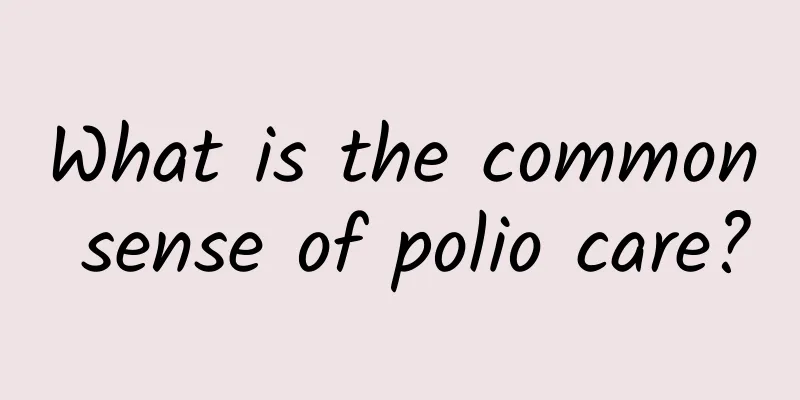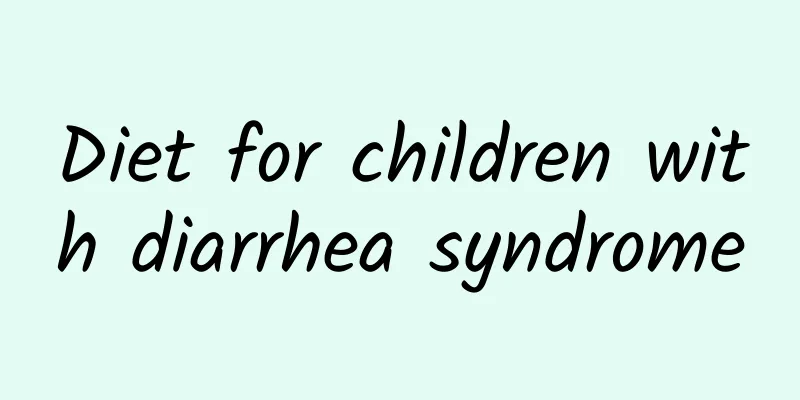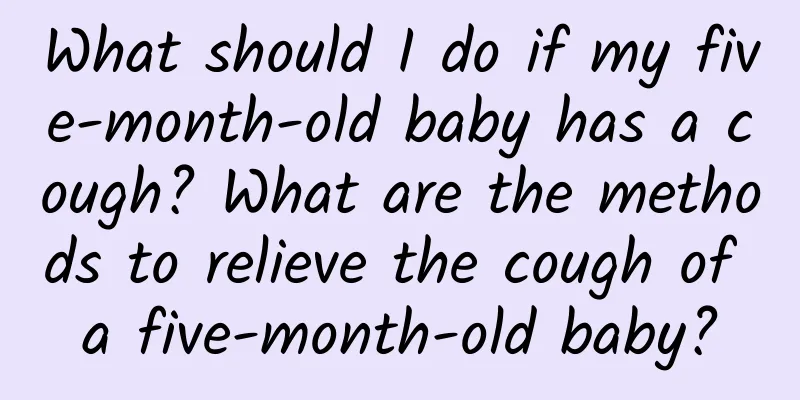What is the cure rate for Kawasaki disease?

|
What is the cure rate of Kawasaki disease? In fact, this disease can still be treated. After all, medical care is becoming more and more developed. At present, many children have symptoms of Kawasaki disease, which causes very serious harm to the health of children after the onset of the disease. Everyone needs to have a clear understanding of some knowledge about Kawasaki disease, especially after the child shows symptoms of the disease, it should be treated as soon as possible. Let’s learn about the methods of treating Kawasaki disease. The baby has a persistent high fever, usually above 39-40°, for several days, and antibiotics are ineffective. In addition to considering antibiotic resistance, experienced pediatricians will raise a suspected disease - Kawasaki disease. This is not known by most parents, but it is not a new disease, nor is it caused by some new virus as misrepresented on the Internet. There is no need to panic. This is a common acute febrile rash disease in infants and young children, and it belongs to the category of childhood rheumatic diseases. In the early stage of Kawasaki disease, except for persistent high fever, there are no other symptoms. It is indeed difficult to distinguish, and doctors need to observe carefully. The main manifestations such as congestion and cracking of the lips, strawberry tongue, hard swelling and peeling of the hands and feet, etc., are not specific manifestations. By the time these clinical symptoms appear, the best treatment time for Kawasaki disease may have been missed, and adverse consequences may occur. Therefore, as long as there is a suspicion of Kawasaki disease, it can be treated according to the Kawasaki disease plan. The cause of Kawasaki disease is still unknown. It is an immune response caused by infection, leading to inflammatory changes in small and medium-sized arteries throughout the body. The most dangerous thing is that if it is not treated in time, it can lead to coronary artery dilatation and coronary artery aneurysm formation, which is life-threatening. Therefore, early and timely treatment is emphasized. The main treatment includes high-dose immunoglobulin treatment, combined with aspirin, and hormone drugs are generally not used. After a few days of continuous high fever, you need to start suspecting Kawasaki disease. You cannot wait for the so-called main symptoms to appear before thinking about whether it is Kawasaki disease. Early use of high-dose immunoglobulin can quickly reduce fever. The most important thing is to prevent or reduce the occurrence of coronary artery lesions and reduce complications. Immunoglobulin is a blood product and has certain risks in use, but it is still recognized as the best treatment for Kawasaki disease, so you cannot hesitate at this time. For anticoagulant therapy, patients in the recovery stage should take aspirin 3-5 mg/kg per day, once a day, until the erythrocyte sedimentation rate and platelets return to normal. If there is no coronary artery abnormality, the drug is generally discontinued 6-8 weeks after onset. Echocardiography should be repeated 6 months and 1 year thereafter. For patients with residual chronic coronary artery disease, long-term anticoagulant drugs and close follow-up are required. Patients with small single coronary artery aneurysms should take aspirin 3-5 mg/kg·d for a long time until the aneurysm disappears. For those who are intolerant to aspirin, 3-6 mg/kg per day can be used, divided into 2-3 doses. Heart condition every year. If echocardiography, clinical data or exercise test indicate myocardial ischemia, coronary angiography should be performed. Patients with multiple or large coronary artery aneurysms should take oral angiography for a long time. Patients with multiple or larger coronary artery aneurysms should take aspirin and dipyridamole orally for a long time. Patients with giant tumors are prone to thrombosis, coronary artery stenosis or occlusion, and can use oral warfarin anticoagulants. These patients should limit their activities and not participate in sports. Check the heart every 3 to 6 months. If there are signs of myocardial ischemia or a positive exercise test, coronary angiography should be performed to understand the progression of the stenosis. Patients with occlusion of one or more major coronary arteries should receive long-term anticoagulant therapy, repeated heart checks, including myocardial scanning, exercise testing, coronary angiography, etc., and consider surgical treatment. After reading the above knowledge, parents will be particularly clear about the methods of treating Kawasaki disease. Kawasaki disease is quite complicated and brings more troubles. We must clearly understand the knowledge of Kawasaki disease and pay attention to the treatment methods of this disease. We must pay attention to some prevention of Kawasaki disease in daily life. |
<<: Can early stage Kawasaki disease be cured?
>>: Is Kawasaki disease curable?
Recommend
What is hernia in children and what are the symptoms
Hernias in children need to be taken seriously, a...
Side effects of taking Yinzhihuang for infant jaundice
Taking Yinzhihuang for infants with jaundice may ...
Effect of TCM in treating diarrhea in children
The causes of pediatric diarrhea are relatively c...
What are the characteristics of childhood kidney disease?
Kidney disease not only occurs in adults, but als...
What causes jaundice in newborns?
Jaundice in newborns is mostly related to incompl...
Children's cough can be treated with massage. These recipes can also treat children's cough.
Cold and cough can be said to be the most common ...
How to treat pseudojaundice? Two methods of treating pseudojaundice are introduced.
Many friends have asked doctors about pseudojaund...
How long does it take for breast milk jaundice to subside on its own?
Breast milk jaundice refers to neonatal jaundice ...
What should I do if my baby has a hoarse voice due to coughing?
Babies have poor body resistance and will cough i...
Recipes for treating mumps
In recent years, mumps has gradually become a mul...
What is diarrhea in children?
Diarrhea in children is a very common disease. In...
How to distinguish influenza from the common cold in children How to distinguish influenza from the common cold in children
1. The common cold and influenza are viral colds ...
How to prevent diarrhea in children
Diarrhea is a common gastrointestinal disease in ...
Which hospital is better for treating acute laryngitis in children?
Many patients with acute pediatric laryngitis do ...
What to do if your baby has a cough and stuffy nose
If an infant has symptoms of coughing and nasal c...









